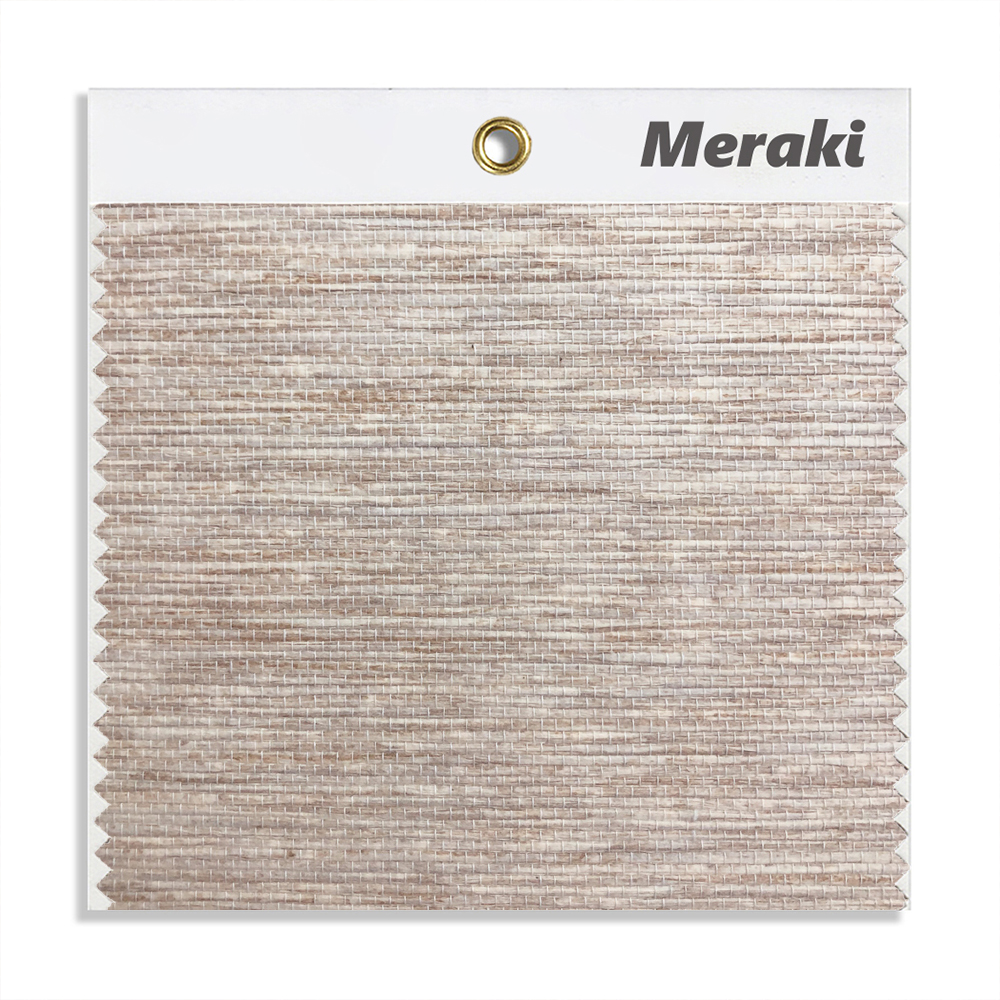Grasscloth Wallpaper Basics: Material and Popularity
Grasscloth wallpaper is crafted from natural fibers like hemp, jute, arrowroot, and bamboo. These materials are woven together to create an elegant and textured wallcovering often found in upscale settings. The unique look and tactile quality of grasscloth have made it a popular choice among custom interior decorators. However, beneath its aesthetic appeal lies the challenge of its delicate nature, which is prone to damage during both installation and removal. Understanding the materials and their application can aid in effectively managing grasscloth wallpaper within a space.
Understanding Grasscloth Material Characteristics
The intricacies of grasscloth wallpaper stem from its all-natural composition. Manufacturers weave plant fibers to produce distinct patterns, and this handwoven approach contributes to its luxurious appearance. However, the natural adhesives and plant-based fibers are sensitive to moisture and physical stress, offering little resistance to tearing.
Challenges of Removing Grasscloth Wallpaper
Removing grasscloth wallpaper is notoriously difficult due to the fragile nature of its materials. The adhesive used during installation forms a strong bond with the wall, and because the wallpaper lacks a protective vinyl layer, any attempt to remove it can easily damage both the wallpaper and the underlying walls.
Common Issues Faced During Removal
- Tearing and ripping of the wallpaper during peeling attempts.
- Residual adhesive left on the wall that requires additional cleaning.
- Potential damage to the wall surface or drywall beneath the wallpaper.
Preparing for Grasscloth Wallpaper Removal
Preparation is crucial to facilitate a smoother removal process and minimize damage. Start by clearing the area of any furniture or items that may interfere with the removal process.
Testing a Small Section
Begin with a small test section, approximately 1.5 square feet, to assess the wallpaper's response to removal solutions. This helps determine the most effective method and tools needed.
Effective Tools for Grasscloth Wallpaper Removal
The correct set of tools can significantly ease the process of removing grasscloth wallpaper. While the market offers a variety of solutions, selecting those tailored to delicate materials is crucial.
Essential Tools and Products
- Gel-based wallpaper remover for slow evaporation and adhesive breakdown.
- Scoring tools to allow remover solutions to penetrate effectively.
- Pliable putty knives and scraping tools to gently remove wallpaper.
Step-by-step Removal Process
Following a structured step-by-step process can help ensure that the removal of grasscloth wallpaper results in minimal damage and adhesive residue.
Detailed Removal Steps
- Score the wallpaper with a scoring tool to create perforations.
- Apply a gel-based remover solution and let it sit for 15 minutes.
- Use a putty knife to gently peel off the wallpaper, starting from the top.
- If necessary, use a steamer to loosen stubborn sections.
Addressing Persistent Adhesive and Stubborn Areas
In cases where adhesive remains on the wall after removal, additional steps are needed to ensure a clean surface suitable for redecoration or painting.
Effective Adhesive Removal Techniques
- Sanding stubborn adhesive patches with fine-grit sandpaper.
- Applying water-based solutions to soften adhesive for easier removal.
Ensuring Proper Wall Cleanup Post-removal
Post-removal cleanup is critical to prepare walls for future treatments or wallpaper applications. This process ensures no remaining residue compromises new installations.
Final Cleanup and Preparation
After removing the wallpaper, wash walls with a mixture of water and concentrated remover solution. Use a scouring sponge for a thorough clean and allow the walls to dry completely before proceeding with any new wallcovering or paint.
Potential Risks and Precautions
When dealing with grasscloth wallpaper removal, certain risks must be considered. These risks primarily relate to the integrity of the drywall or paint beneath the wallpaper.
Common Precautionary Measures
- Ensure proper ventilation to avoid inhaling chemicals.
- Use protective equipment like gloves and eyewear.
- Avoid excessive wetting that might damage the wall structure.
Alternatives to Removal: Painting and Covering
For some, removing grasscloth wallpaper might not be feasible. In such cases, alternative solutions such as painting over the wallpaper or applying new coverings can be considered, although these can also come with challenges related to texture impact and adhesion.
Pros and Cons of Alternative Solutions
Painting can effectively change aesthetics without removal but may not address texture issues, whereas covering can be a temporary solution to preserve wall integrity.
Professional Assistance and Resources
When the task seems daunting or if any complications arise, professional wallpaper removal services can offer specialized expertise to ensure safe and effective removal. Manufacturers and exporters of grasscloth wallpapers often provide resources and guidance for both installation and removal processes.
When to Consider Professional Help
Consult professionals if extensive damage is anticipated or if large areas require removal. Their experience can prevent costly repairs and ensure a quality finish.
Meraki Provide Solutions
For those dealing with the challenges of grasscloth wallpaper removal, Meraki offers comprehensive solutions tailored to your needs. Our expert services ensure an effortless removal process, minimizing damage and preparing your walls for their new look. With Meraki's support, you can transform your space efficiently, supported by our commitment to quality and professionalism. Reach out to our customer support for personalized advice and products designed to simplify your wallpaper removal journey.
User hot search: grass paper wall paper
Post time: 2025-09-07 20:23:02


